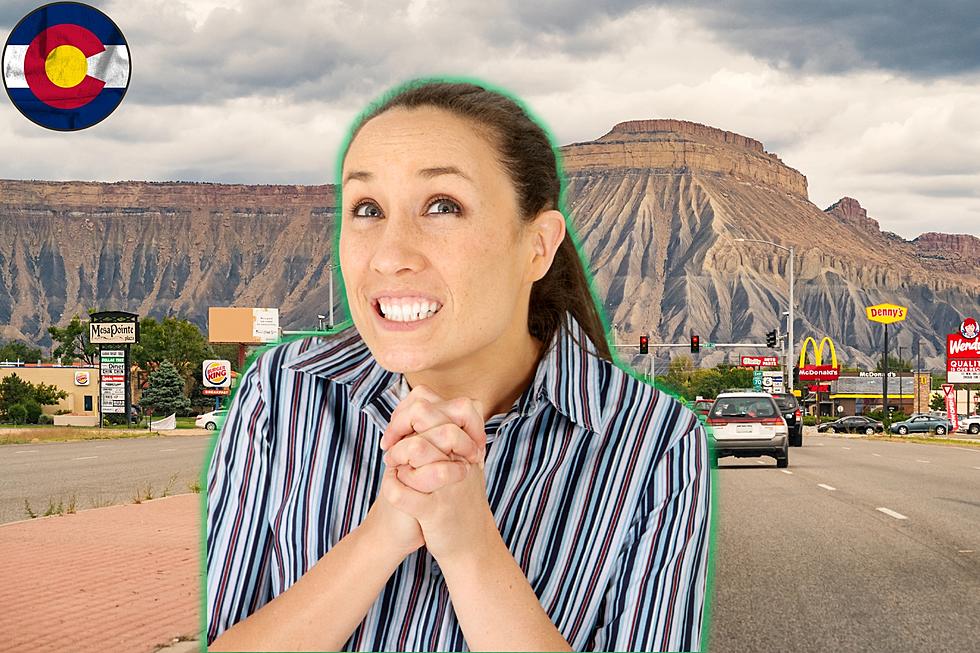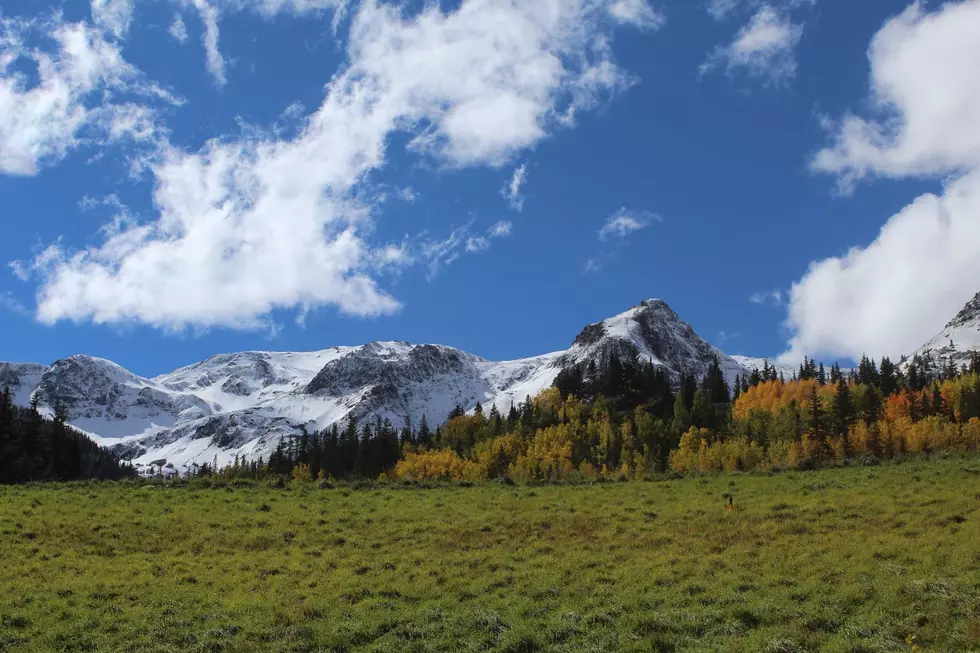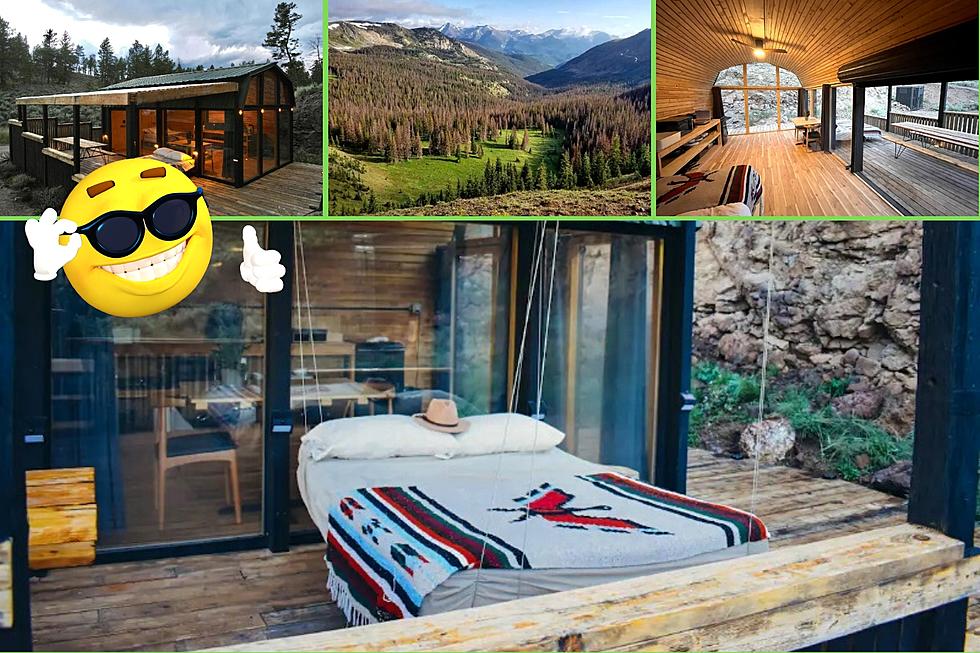![Should Colorado National Monument Become A National Park? [POLL]](http://townsquare.media/site/508/files/2013/06/monument-2a-630x355.jpg?w=980&q=75)
Should Colorado National Monument Become A National Park? [POLL]
I have to admit, when I hear the term "monument" I think of something like a land mark or a statue - like Devil's Tower or the Statue of Liberty. That's one of the reasons proponents give for wanting to change the Colorado National Monument to a national park designation. But the fact is, there are many national monuments in the United States that are constituted of notable geologic formations and wilderness preservation areas.
Many national monuments have historical significance like George Washington's birth place, Abraham Lincoln's Cottage at the Soldiers Home, and several military forts.
But, here's one that is very similar to the Colorado National Monument - Vermillion Cliffs in Arizona. Sandstone, siltstone, limestone, and shale rise as much as 3,000 feet above the base.
Other national monuments that are essentially wilderness areas include Admiralty Island in Alaska, part of the Tongass National Forest with a large population of bears, mountain goats and whales. And there is the Alibates Flint Quarries in Texas is known for high-quality rainbow hued flint and contains several Plains Indians village ruins.
Some believe changing the designation to a national park would mean millions of dollars to the Grand Valley in tourist dollars. Proponents also support the change because of the fact that national parks receive less funding than national monuments.
What do you think?
More From Kool 107.9









